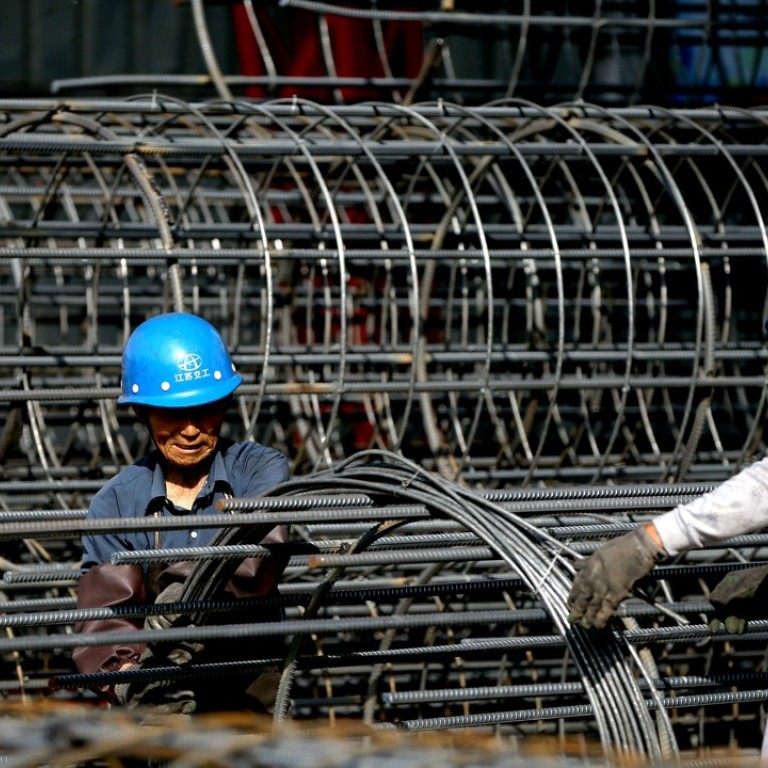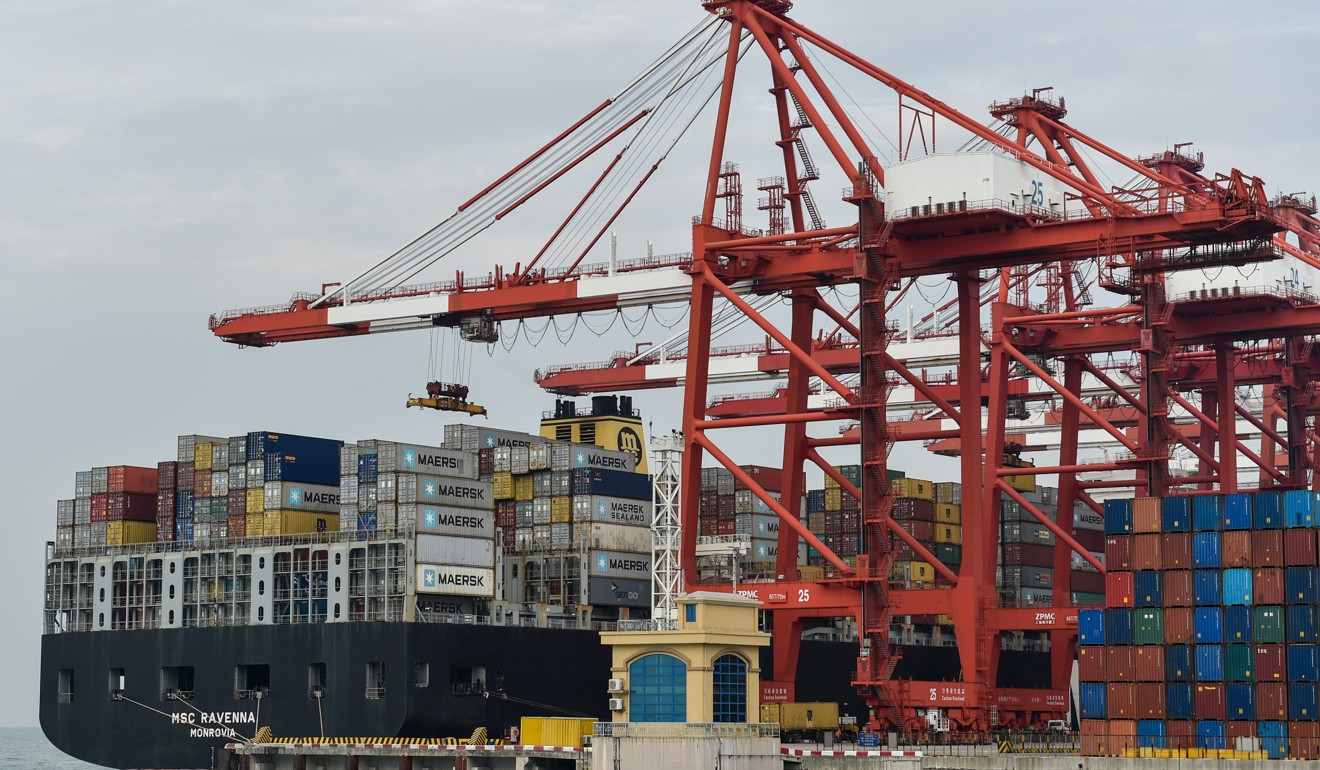
Beijing policy will weigh on economic growth for at least the next year
Tightening of regulations in the financial and property sectors will exert further weight on credit growth and construction activity
The Chinese economy managed to hold steady after losing some steam from the first quarter.
Last week’s activity data showed growth momentum continued in May, paving the way for a moderately slower, but still decent, second quarter for growth.
The positive start to the year for the economy has led the International Monetary Fund to upgrade its forecast for China’s 2017 growth to 6.7 per cent, above Beijing’s target of 6.5 per cent.
Taking a holistic view of the activity, price and credit data for May, we see three takeaways for investors.

The drags on the economy have come from a weaker housing market, lower credit growth and reduced infrastructure investment. All of these can trace their causes back to recent policy changes
Second, even though growth has lost some steam since the first quarter, much of this slowdown has been generated by official policies. Looking at the latest activity data, one can see that the drags on the economy have come from a weaker housing market, lower credit growth and reduced infrastructure investment. All of these can trace their causes back to recent policy changes as Beijing clamped down on the property bubble, tightened shadow banking credit and eased off on fiscal stimulus.
An important difference between a policy-engineered slowdown and one caused by natural forces is that the former can be more easily reversed by adjusting the policy mix and operation. Having said that, discretion and control is, once again, important for the government as it seeks to maintain stability before the all-important Party Congress.
Lastly, there are some positive signs on the improved structure of the Chinese economy. Here again, clues can be found in the latest data. What has offset the aforementioned weakness in housing and infrastructure investment was the resilience in consumption spending, better exports and continued recovery in private sector (and manufacturing) investment. These sectors tend to be less sensitive to government stimulus, making their growth more organic and self-sustaining. If these growth engines can be maintained going forward, it will help counteract the policy-induced weakness and contribute to a stable macro environment, as Beijing desires.

An important difference between a policy-engineered slowdown and one caused by natural forces is that the former can be more easily reversed by adjusting the policy mix and operation
In exchange for that near-term slowdown, China will hopefully deflate bubbles and remove financial excesses, putting both the housing market and the financial system onto a more sustainable path. It is an example of the kind of trade-offs – between short-term and long-term goals – that Beijing has to deal with in many of its policy choices.
For global investors, the delicate operation undertaken by China does contain risks. As we highlighted before, renewed yuan depreciation, capital outflows and commodity price declines could be the three key channels of spillover from a major Chinese shock.
On the surface, the recent yuan appreciation and stable capital flows have alleviated investor concerns. However, we are cautious on the sustainability of these moves, particularly if the US dollar reasserts strength as the Federal Reserve delivers, in full, what it announced last week.
We also do not believe that the People’s Bank of China has intentionally tried to reverse the trend in the yuan with the introduction of a “countercyclical factor” in the currency’s fixing mechanism. Instead, the move was to merely reduce excessive market volatility. And by hitting the short sellers head-on, the central bank may hope to dispel one-way (depreciation) expectations and generate more two-way flows in the foreign exchange market.
If this reading is correct, the structural depreciation trend in the yuan – underpinned by local investors’ diversification needs, debt deleveraging and policy divergence between China and the US – is likely to continue. This will ensure the yuan’s exchange rate continues to be a transmitter of China risks to the global market, in our view.
Aidan Yao is senior emerging Asia economist at AXA Investment Managers

